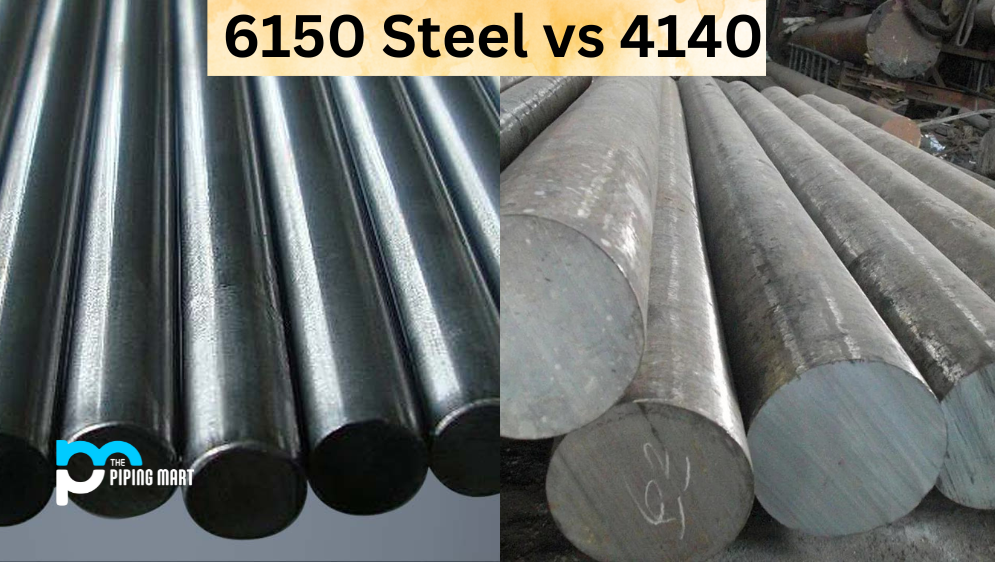316 stainless steel is a low-carbon alloy of chromium, nickel, and molybdenum. It has incredible strength and durability, making it a popular choice for construction and engineering applications. But before you use it in your project, it’s important to test the material to make sure it meets your standards. Here’s how to do that.
Testing for Corrosion Resistance
The first step in testing 316 stainless steel is to check its corrosion resistance. To do this, you’ll need to perform a few tests, including salt spray testing, electrochemical testing, and accelerated corrosion testing. Salt spray testing involves exposing the steel to a saline solution for an extended period of time and then measuring the amount of corrosion that occurs over that time frame. Electrochemical testing uses an electrical current to measure the rate of corrosion on the surface of the steel as well as any changes in its structural integrity over time. Finally, accelerated corrosion testing involves exposing the steel to harsh conditions (such as heat or pressure) in order to replicate long-term exposure and observe how it holds up under those conditions.
Testing for Mechanical Strength
Once you’ve tested for corrosion resistance, you’ll want to move on to mechanical strength tests. These include tensile strength tests—which measure how much force can be applied before the metal reaches its breaking point—as well as fatigue tests which measure how well the metal stands up against repeated stress over time. You may also want to conduct hardness tests which measure how hard or certain soft areas of the material are using specialized tools such as Rockwell testers or Brinell testers. It’s important to keep in mind that different grades of stainless steel have different mechanical properties, so be sure you use tests suited for your specific grade.
Conclusion:
Testing 316 stainless steel is important when selecting this material for any project because doing so ensures that it will meet your standards and last a long time without corroding or weakening structurally over time. By following these steps, engineers and other professionals can trust that their projects will use reliable materials that are safe and effective in whatever application they are used for. With proper care and maintenance, 316 stainless steel can remain strong and durable over many years of use!

Pipingmart is a B2B portal that specializes in metal, industrial and piping items. Additionally, we share the latest information and information about materials, products and various types of grades to assist businesses that are involved in this business.




